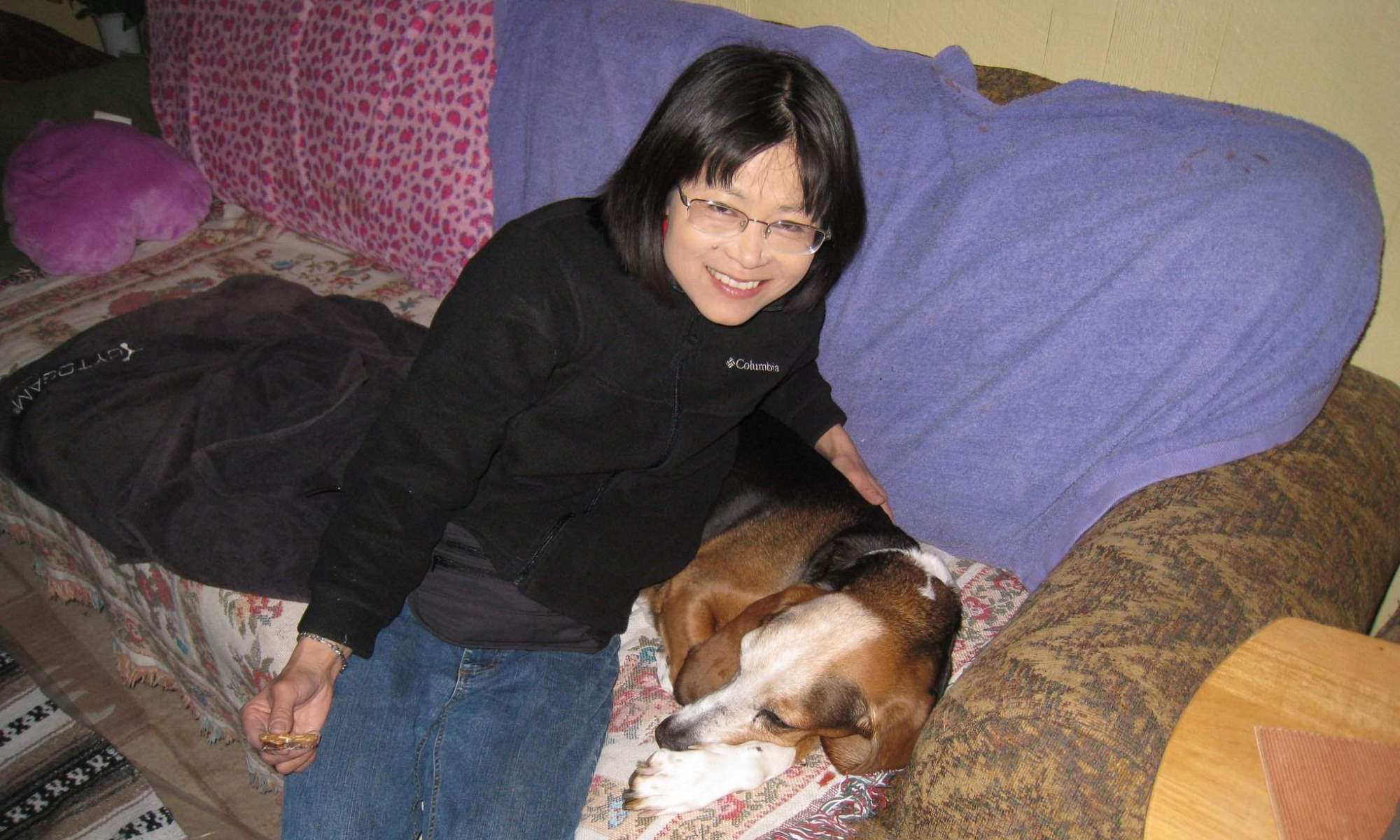After the social activities all week, by Sunday I was exhausted. I was able to teach a private lesson, but then I went over to my aunt’s house with the intention of studying for my computer class for many hours. After studying just a little bit, I took a long nap instead. Monday, I talked to the Financial Aid Director at the College of San Mateo, and she helped me apply for the Board of Governor’s Fee Waiver, so my college classes are all free now! With this new price, I became very academically motivated and signed up for full-time classes this next quarter. Tuesday afternoon, I climbed with Rob and Marci, and even though I was tired it felt satisfying to work on some harder routes. With some cheating, I worked my way up a 5.10d and really enjoyed the bad holds. It is a good way to get a real workout. I also got on a 5.10b overhang, but by that time I was already tired and needed to rest a lot by hanging on the rope in-between the moves. This method of working your way up a route is called “hang-dogging.” In the 1980’s, there was a big debate over climbing style. The traditionalists regarded “hang-dogging” as cheating. For them, the only pure way to climb a route would be to complete it from the ground, not hang on the rope to rest or inspect holds. This issue caused major controversy within the climbing community. Eventually, hang-dogging became an acceptable way of practicing and climbing routes; a way of extending the possibilities of difficulty level and gymnastic style in the sport. Stacey, from Belmont

The journal of Stacey Li Collver, a double lung transplant recipient